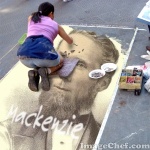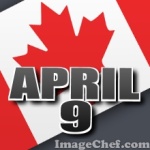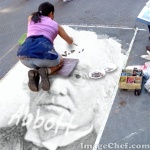
Alexander Mackenzie was Canada’s 2nd Prime Minister (1873-1878)
1) Served as Finance minister of Ontario and as an Ottawa MP at the same time. Quebec and Ontario permitted dual representation from 1867 to 1872.
2) Offered a knighthood three times by Queen Victoria and turned it down each time. His working-class pride meant he was the only one of Canada’s first eight PMs who was never a Sir.
3) Failed to win a bid to build Ottawa’s Parliament Buildings for $801,000, losing to a bid that was several thousand dollars lower. The final price tag to build the seat of government ended up being more than $1.5 million.
4) Fell through the ice while walking across a stretch of Lake Ontario to visit his fiancée Helen Neil in Kingston. Arrived at her family’s home soaking wet.
5) Burned a stack of Tory campaign brochures he found sitting in a hotel hallway. The election materials boasted juicy titles like Black Record of the Grit Party. The gesture was out of character for the usually squeaky clean politician.
from Unknown and Unforgettable: A Guide to Canada’s Prime Ministers
 1879: For the second time, former prime minister Alexander Mackenzie refuses a knighthood offered by Queen Victoria. And just in case you think he wasn’t serious about rejecting a peerage offered by Britain, he’ll turn down the offer a third time in two years.
1879: For the second time, former prime minister Alexander Mackenzie refuses a knighthood offered by Queen Victoria. And just in case you think he wasn’t serious about rejecting a peerage offered by Britain, he’ll turn down the offer a third time in two years. 1874: The House of Commons votes to formally expel Louis Riel, the leader of the Red River temporary government of 1869-70 who has been in hiding since Canada took over. Despite his status, the people of Provencher riding voted him to Parliament — twice.
1874: The House of Commons votes to formally expel Louis Riel, the leader of the Red River temporary government of 1869-70 who has been in hiding since Canada took over. Despite his status, the people of Provencher riding voted him to Parliament — twice. 1877: Prayers are included in the House of Commons routine for the first time.
1877: Prayers are included in the House of Commons routine for the first time.


